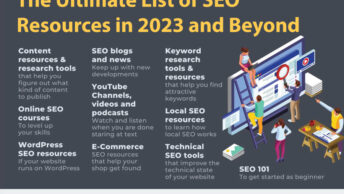People whose shares, tweets, and likes can influence product sales can help your business. If you’re not familiar with how marketers seek out influencers to increase sales, you may wish to read Identifying Influencers, Increasing Sales first.
What can you do to identify influencers? One of the best tools out there is Klout, launched in 2008. Klout assigns social media users a score based on data points. It calculates by looking at everything from their job title on LinkedIn to how many Facebook friends they have. Klout’s head of communication, Lynn Fox, told Bloomberg Businessweek that they analyze 12 billion data points daily.
How have companies used Klout? Chevrolet, for example, gave people with high Klout scores three days with a Chevy Volt. The 50 influencers published 46,000 tweets and 20.7 MILLION blog posts. Most comments about the electric car were favorable.
In addition to Klout are tools such as Tellagence and Little Bird. They help marketers find social influencers by calculating who is most likely to persuade. Tellagence will find who is most inclined to tell their friends by studying metrics on retweets and how many exposures it takes to get a retweet. But that’s not all. Klout’s rivals are looking for social media users with fewer connections who have the ability to move sales through their comments. (It’s not all about the numbers; quality counts.)
Little Bird charges $250-$2,500 monthly. Tellagence starts at $500/month per community. When you consider that only 30% of brands consider themselves to be effective or extremely effective at connecting social media to revenue – the ROI must be in there. One search with one of these tools could save you countless hours. What’s your time worth?
Have you tried influence marketing? Are you on Klout? We’d love to hear your experience. Please share in the comments below.








While Klout appears to be the early favorite with big brands, it has the most volatile numbers. Tweet with someone who is famous and your Klout score jumps; stop tweeting with them and within days it will fall like a rock. To increase it, focus on interacting with those who have higher scores than you do. Whether interacting with people with lower scores can lower yours I have not yet determined. It appears to favor people who prefer the celebrity style of Twitter usage (follow few and have many followers).
Kred is similar, but I like it because it gives two numbers: Influence and outreach level. I consider outreach level an important indicator.
PeerIndex is what I primarily used prior to Kred. It is another Klout alternative that is less volatile and stays more stable, so it isn’t as likely to be misleading as Klout. I used it regularly until they redesigned and lost my collaborators lists.
Klout did the same thing (deleted lists) and I haven’t bothered to check the three and see which have restored lists. It seems to me that one put them back, but it takes hours to create them. They come in handy to see who to contact about current opportunities, but these sites need to respect our time and not just change on a whim and delete hours of work.